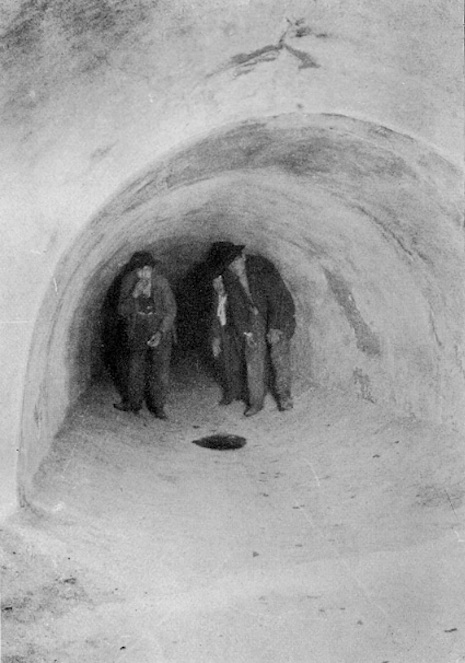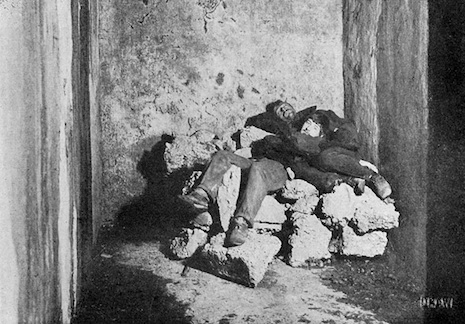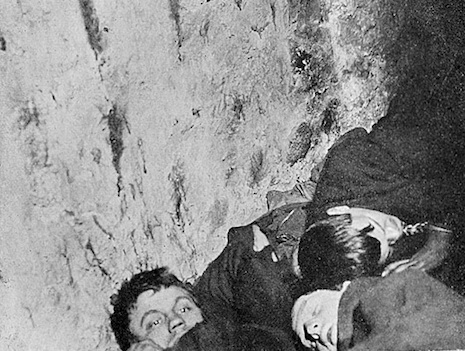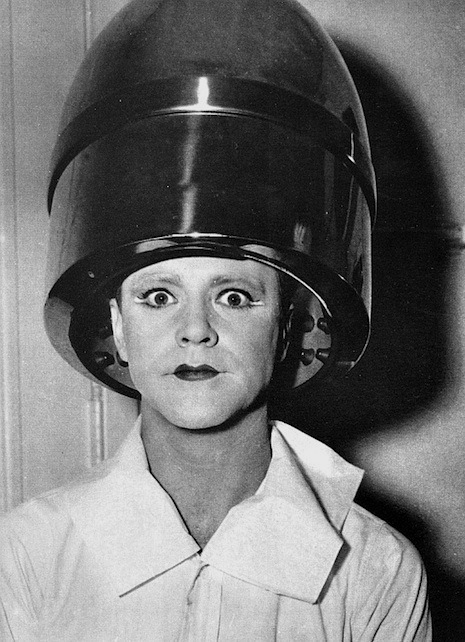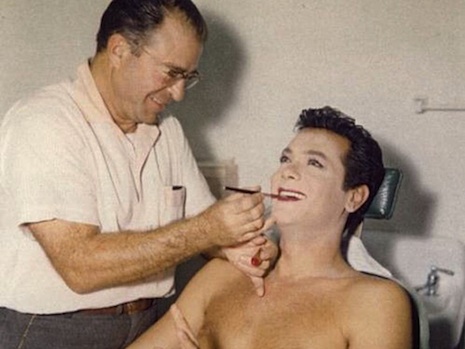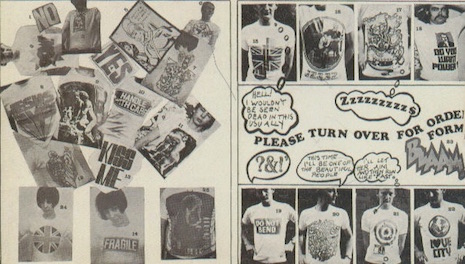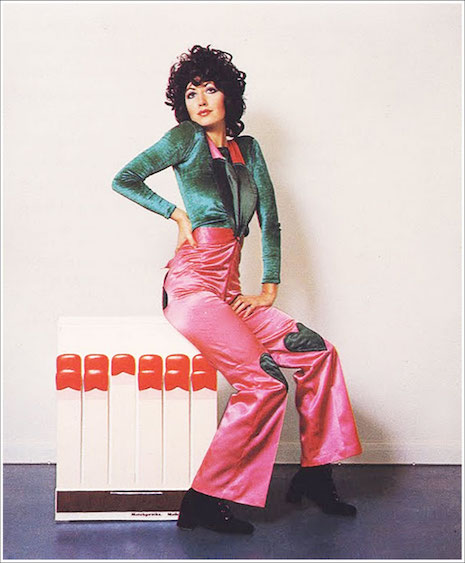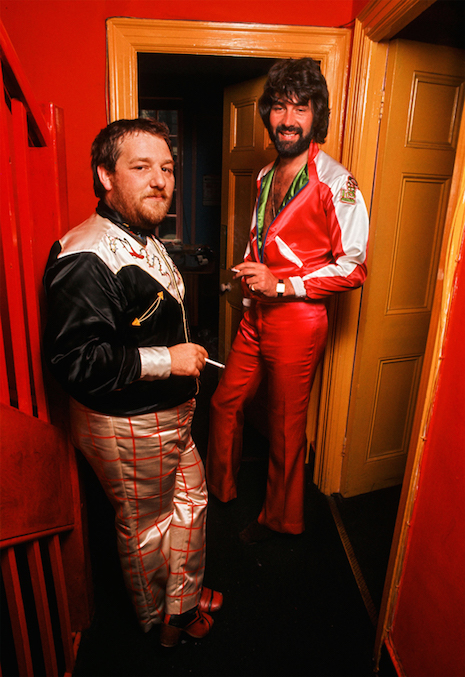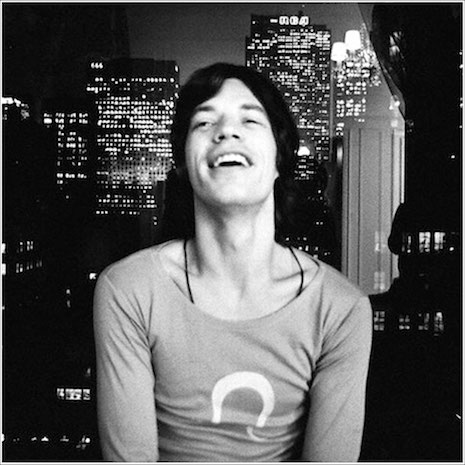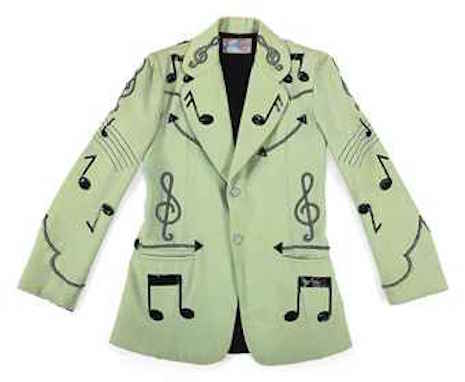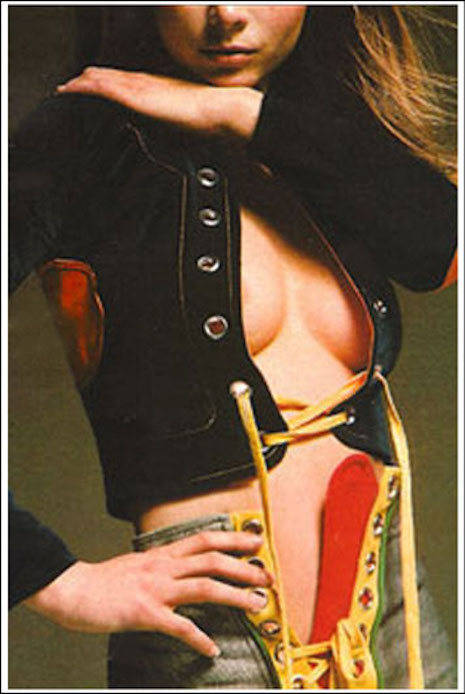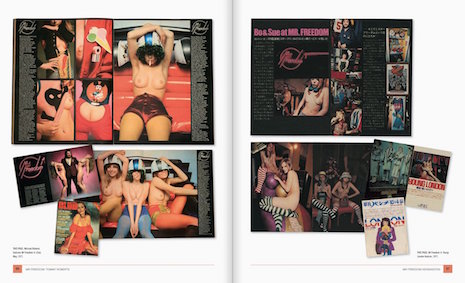
In 1974, Bob Clark’s Canadian horror film, Black Christmas , was released. At the time, it was the highest grossing made-in-Canada film ever. It didn’t do as well in the U.S., but made enough of an impact to get the attention of writer/director John Carpenter. Black Christmas is now regarded as a pioneering slasher film, having a major influence on Carpenter’s Halloween
, was released. At the time, it was the highest grossing made-in-Canada film ever. It didn’t do as well in the U.S., but made enough of an impact to get the attention of writer/director John Carpenter. Black Christmas is now regarded as a pioneering slasher film, having a major influence on Carpenter’s Halloween (1978).
(1978).

Black Christmas begins at a sorority house Christmas party. Outside, an unseen figure approaches, entering the house through an attic window. Soon the phone rings and the girls are greeted with a disturbing obscene call from “Billy,” who babbles about a childhood tragedy involving his sister that he was responsible for. Later, one of the girls returns to her room and is suffocated by the intruder, who then brings the body to the attic.

Meanwhile, one of the sorority sisters, Jess, tells her boyfriend, Peter, that she is pregnant. When she tells him she plans to have an abortion, he becomes upset, telling her in somewhat of a threatening manner that she will be “sorry” if she goes through with terminating the pregnancy.
Eventually, the police are on the hunt for both the missing girl (no one realizes she’s been murdered) and to identify this “Billy,” who continues to call the house. The cops suspect Peter may be responsible for the calls, as does Jess, though she covers for her boyfriend. As the holiday season progresses, more undetected killings take place inside the house, until Jess discovers two of the bodies. She’s then chased through the house by the killer, though she doesn’t lay eyes on him. As she hides in the basement, a concerned Peter approaches—is he the murderer?

Director Clark was surely influenced by Italian giallo films. A giallo usually features a shadowy, unseen killer, who murders his victims with a knife. Giallos also include camera angles meant to be from the killer’s point-of-view, which Clark incorporated into Black Christmas, The technique was also used by Carpenter in Halloween and became a standard component of slasher films. But unlike the giallo and many future slashers, the murder scenes in Black Christmas are neither gory nor are they explicit. It also lacks the sexualized violence that would become so associated with the slasher film. Instead, Clark used good ol’ fashioned mystery and suspense, as well as the alarming dialogue from “Billy,” to create the appropriate atmosphere.
Both Psycho (1960) and The Texas Chainsaw Massacre
(1960) and The Texas Chainsaw Massacre (1974) are commonly cited as forerunners of the slasher film, though neither feature all the essential elements of the horror sub-genre—a single, mysterious killer terrorizes and murders, one-by-one, a group of mostly young people, ending with a “Final Girl”—but Black Christmas has all of those components. As does Halloween.
(1974) are commonly cited as forerunners of the slasher film, though neither feature all the essential elements of the horror sub-genre—a single, mysterious killer terrorizes and murders, one-by-one, a group of mostly young people, ending with a “Final Girl”—but Black Christmas has all of those components. As does Halloween.

Jess, the “Final Girl.”
Both are also set around a holiday or day of cultural significance, an element that would become common in slasher films after the success of Halloween (see My Bloody Valentine , April Fool’s Day
, April Fool’s Day , the Friday the 13th series
, the Friday the 13th series , etc.)
, etc.)
Around 1977, Bob Clark and John Carpenter talked about doing a film together. Carpenter asked if Clark would be willing to do a sequel to Black Christmas. Clark told Carpenter:
No, I don’t intend to, I’m not here to make horror films, I’m using horror films to get myself established. If I was going to do one, though, I would do a movie a year later where the killer escapes from an asylum on Halloween, and I would call it “Halloween.”

Bob Clark died tragically in 2007, when he and his son were involved in a head-on collision with a drunk driver. His son was also killed in the accident. Clark is best known today for having directed two wildly different films, the holiday classic, A Christmas Story (1983), and the maligned and misunderstood (it’s better than you think), Porky’s
(1983), and the maligned and misunderstood (it’s better than you think), Porky’s (1981), the success of which inadvertently helped spawn another kind of motion picture: the raunchy teen sex comedy.
(1981), the success of which inadvertently helped spawn another kind of motion picture: the raunchy teen sex comedy.
After the jump, hear some of the disturbing ‘Black Christmas’ soundtrack…














